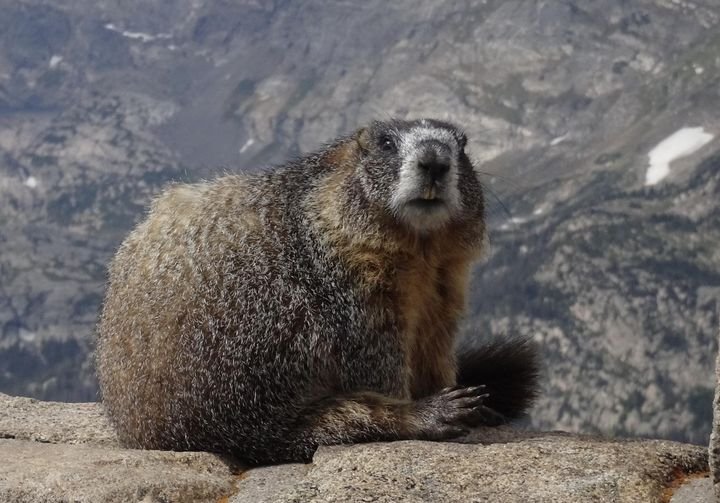Wildlife Wednesday: Groundhog Day
The groundhog, also known as woodchuck, is the marmot species found in the Eastern half of the United States. While similar in appearance to the marmot species found around the Estes Valley, the Yellow-bellied marmot, there are some key differences. Groundhogs typically burrow in well drained soils on the edges of forests while the marmots found in the Estes Valley burrow under rocks. Groundhogs are considered solitary animals even though they may be seen in small numbers in proximity or even share burrows. Yellow-bellied marmots often occur in colonies. Both species are considered true hibernators. Hibernation can last as little as a couple of months to over 6 depending on climate. During hibernation their body temperature can drop to below 40 degrees, their heart rate to 4-10. Eats per minute, and respiration to one breath every 6 minutes.
Folklore says that if the groundhog sees his shadow on the second of February we are in for 6 more weeks of winter. If he doesn’t, we will have an early spring. Unfortunately groundhogs are very poor forecasters, being accurate far less than 50% of the time. Either way, here in the Estes Valley what does spring really mean anyway? Some of our biggest snows may not arrive until May!
Yellow bellied Marmot on Trail Ridge Road

